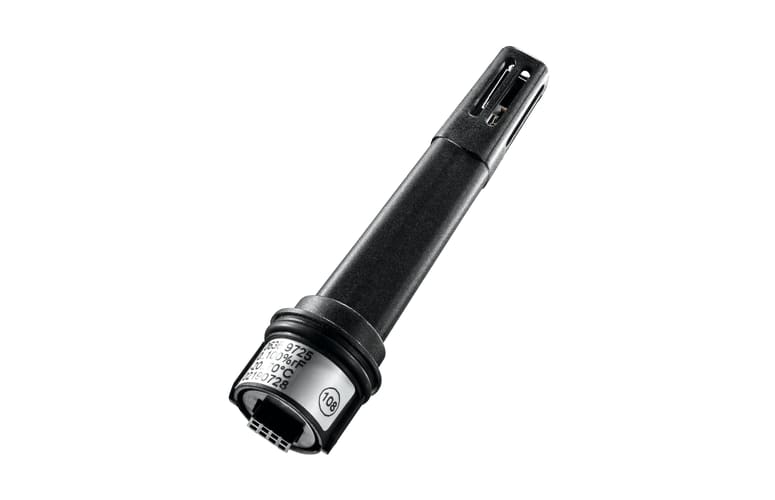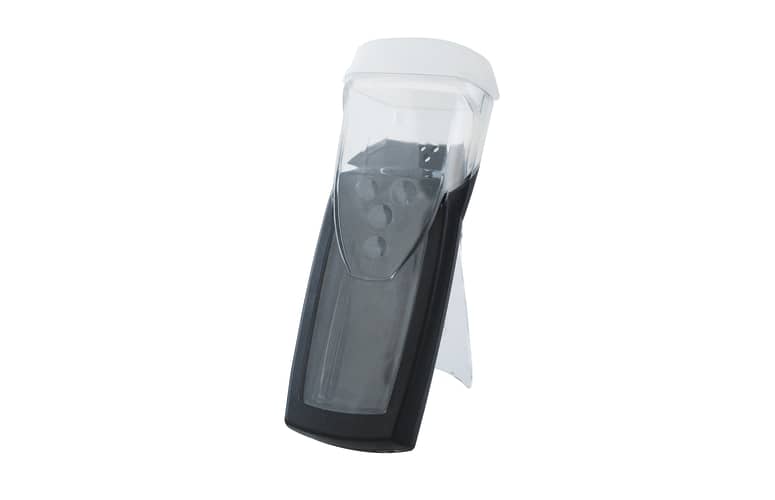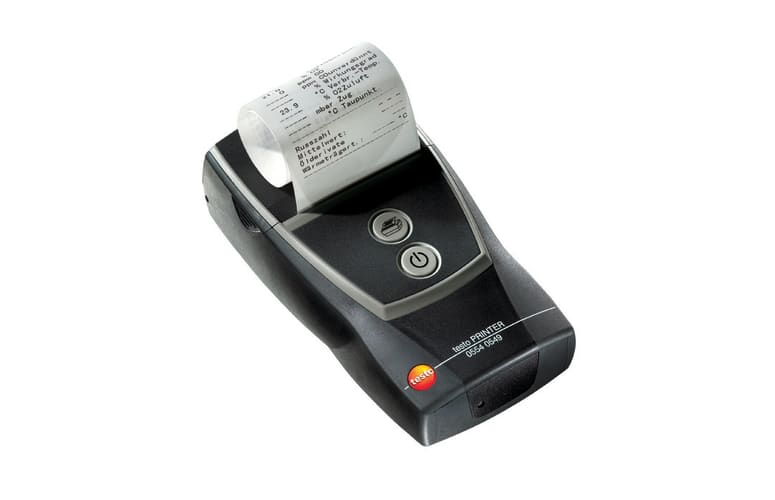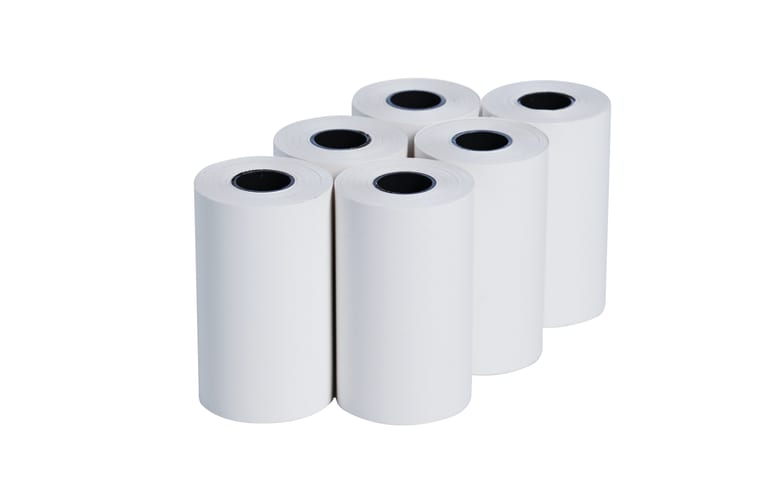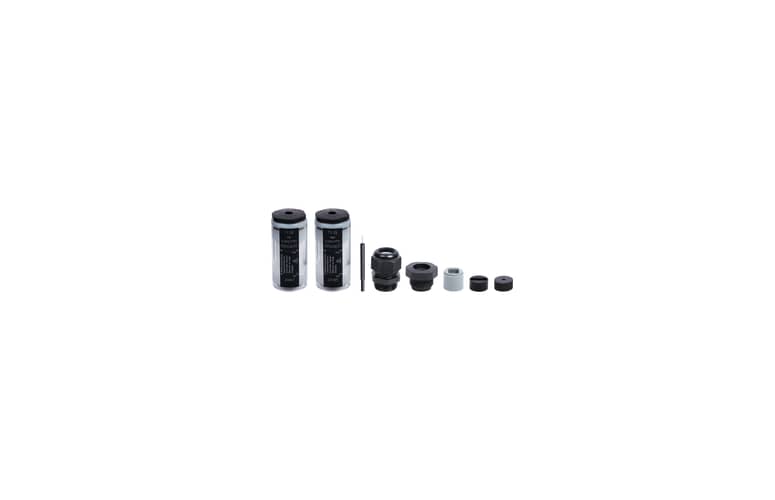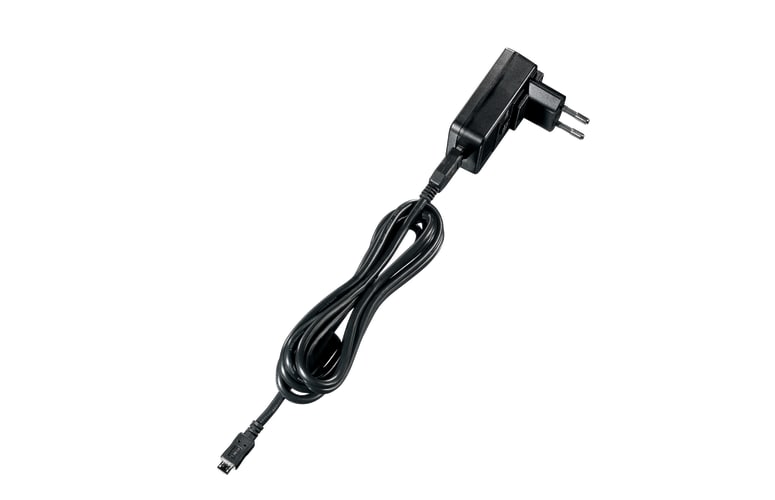- Home
- testo 315-3
testo 315-3 - CO and CO2 monitor for ambient measurements
0632 3153testo 315-3 - CO and CO2 monitor for ambient measurements
0632 3153The high-quality testo 315-3 is an easy-to-use, ruggedly designed CO and CO2 monitor that enables you to carry out quick and reliable ambient measurements.
The intelligently designed monitor has an energy-saving lithium polymer rechargeable battery and powers off automatically when not in use.
And here’s yet another practical feature: the CO and CO2 monitor for ambient measurements can also be used in combination with the testo 330-2flue gas analyzer. The CO/CO2 reading scan be transferred directly to the analyzer via the meter’s infrared interface.
Tune up your CO and CO2 monitor with a range of accessories for even more possibilities
testo 315-3 is already well equipped to meet all the demands you would put on a CO and CO2 monitor. The following accessories are designed to allow you to customize your monitor to suit your own individual requirements:
- TopSafe protective casing: water and dirt repellent; provides testo 315-3 CO and CO2 monitor with protection in wet and dirty conditions
- Testo turbo printer: The testo turbo printer enables you to print out on site and provide with the necessary documentation. The results are transferred to the printer via the CO and CO2 monitor’s infrared interface
- Temperature/humidity module: allows you to carry out quick and reliable temperature and humidity measurements
General technical data
| Operating humidity | 0 to 95 %RH |
|---|---|
| Weight | 200 g |
| Dimensions | 190 x 65 x 40 mm |
| Operating temperature | 0 to +40 °C |
| Protection class | IP40 acc. to EN 60529 |
| Standards | According to EN 50543 |
| EU-/EG-guidelines | 2004/108/EG |
| Interface | IRDA / optional Bluetooth |
| Storage battery type | Lithium polymer rechargeable battery |
| Battery life | 10 h measurement time (at +20 °C/+68 °F) / Mains operation possible |
| Battery charge | In instrument via charger |
| Battery charging option | In instrument via mains unit |
| Storage temperature | -20 to +60 °C |
Probes
Accessories
CO / CO2 measurement in the heated environment
Carbon monoxide (CO) is a colourless, odourless and taste-free gas, but also poisonous. It is produced during the incomplete combustion of substances containing carbon (oil, gas, and solid fuels, etc.). If CO manages to get into the bloodstream through the lungs, it combines with haemoglobin thus preventing oxygen from being transported in the blood; this in turn will result in death through suffocation. This is why it is necessary to regularly check CO emissions at the combustion points of heating systems and in the surrounding areas.

Measuring humidity
Humidity is an important parameter for health and comfort. Above all, relative humidity is the significant factor - it indicates the extent to which air is saturated with water vapour.
With relative humidity of 50%, the air contains just half the maximum amount of water vapour that it could at the right temperature. At 100% relative humidity, the air is completely saturated with water vapour. If 100% saturation is exceeded, the excess moisture condenses into condensate.
Therefore, relative humidity can indicate how fast evaporation will take place or the likelihood of condensation forming. As the evaporation of moisture through skin is determined by the relative humidity of the ambient air, the latter is an important parameter for the feeling of comfort.
Therefore, health authorities recommend relative humidity of around 50% for living spaces and offices. However, in closed, well ventilated and well heated rooms this value is often not attained, which may have an adverse effect on breathing, skin and mucous membranes. This is particularly the case in winter, as the cold outside air only has a low absolute humidity; when this is warmed up to room temperature, the relative humidity drops dramatically. On the other hand, excessive humidity prevents proper regulation of the body temperature through sweating, and is therefore quickly experienced as being humid.

- Product brochure testo 315-3(pdf, 1.14 MB)
- Instruction manual testo 315-3(pdf, 802.92 kB)
